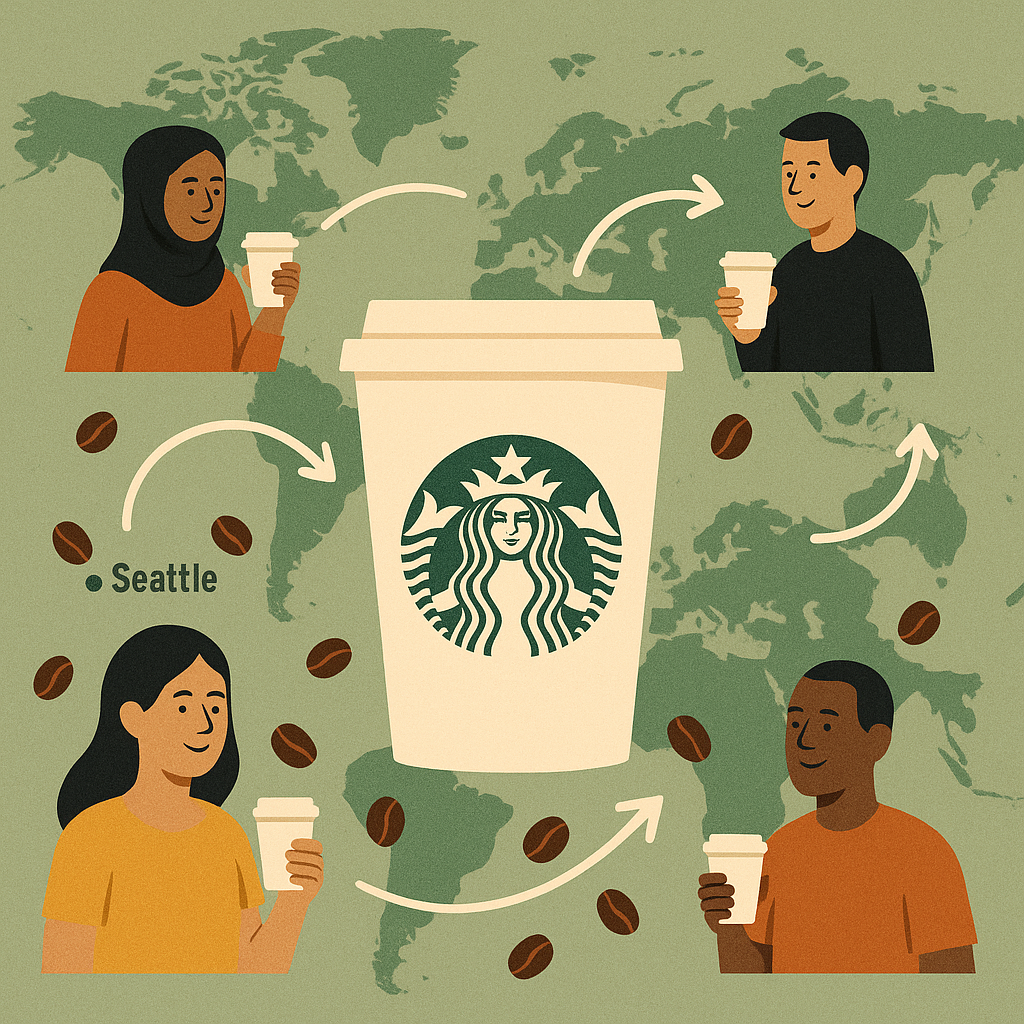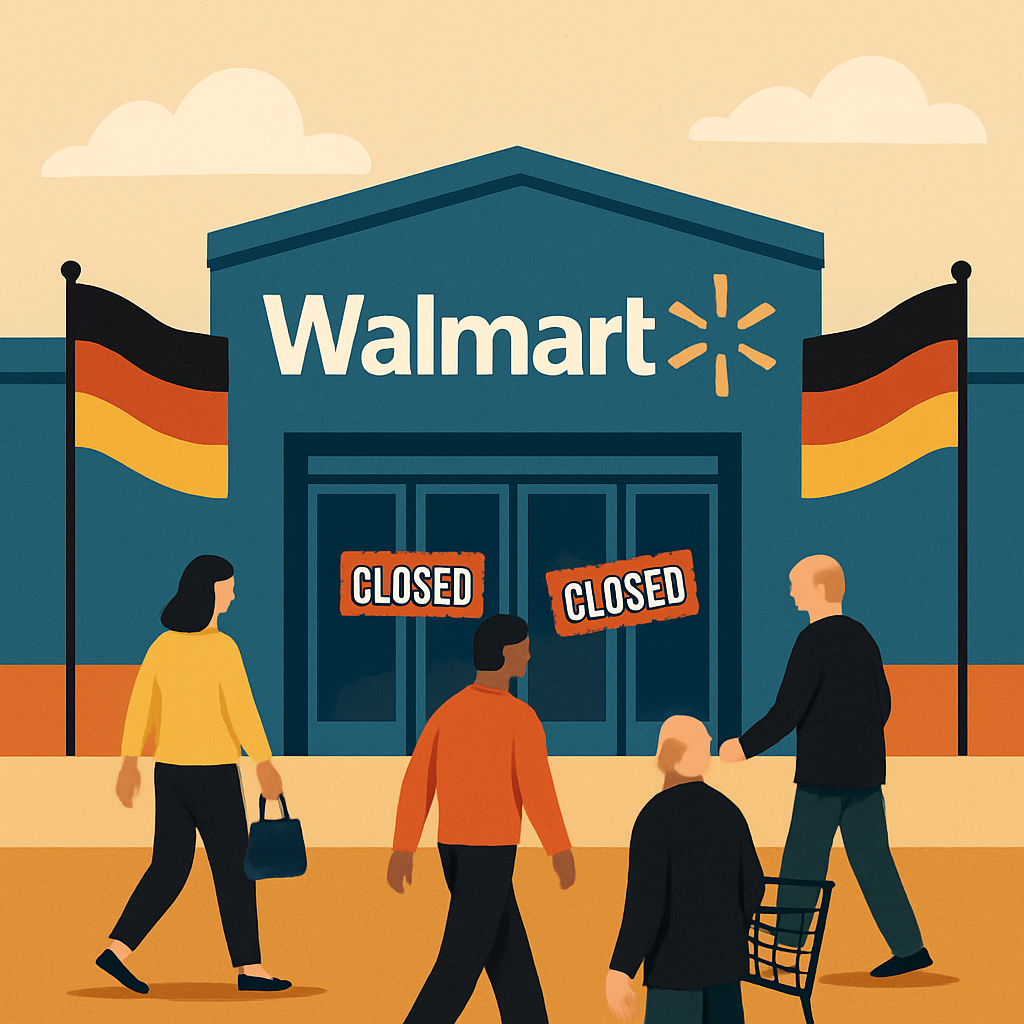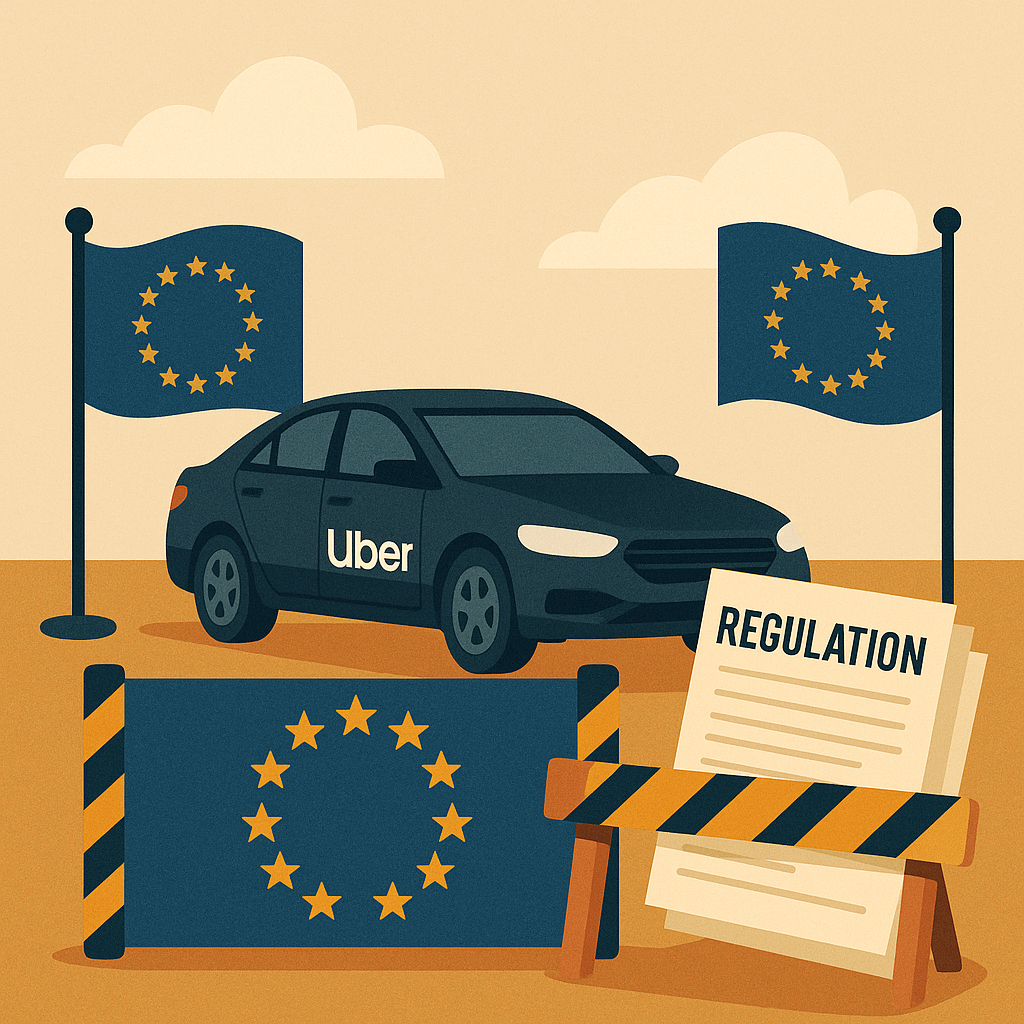How Starbucks Took Its Coffee Culture Global?

Starbucks is a global brand now, in almost every corner of the world for its high quality coffee, warm atmosphere and strong connection to the local community. But it wasn’t always smooth and the company’s rise to global dominance has many lessons for businesses looking to go global and build a loyal following.
High quality coffee beans, brewed to perfection in a warm and welcoming space. The company wasn’t yet the global brand it is today. So what happened? How did Starbucks win locally and go global?
The Early Struggles: Scaling the Core Concept
Going global wasn’t smooth. One of the first challenges Starbucks faced was scaling the core concept. Initially the company was a coffee bean and home brewing equipment retailer (out of Seattle). Founder Howard Schultz saw a bigger opportunity to innovate the coffee consumption experience by introducing coffeehouses where customers could socialize while drinking coffee.
But this concept didn’t always resonate. When Schultz took over the company in 1987 he faced pushback from shareholders who only cared about the bean and equipment business model not the coffeehouse experience model. Schultz believed to be successful Starbucks needed to create a “third place” between work and home—a place where customers could relax, socialize or even work remotely with premium coffee as the anchor. This bold vision was met with skepticism.
Key Takeaway: When scaling, businesses should stay true to their unique value proposition even when met with resistance. Keep going when the vision aligns with market trends.
Embracing the Global Opportunity
Once Starbucks had refined the concept and focused on the coffeehouse experience, the company looked beyond the US market. By the late 90s Starbucks opened its first international store in Canada, then Europe and Asia. But soon they found out that taking their culture outside of the market wasn’t that easy by just opening shops.
In some countries coffeehouse culture didn’t take off like in the US. In some it was seen as an upper class drink and not for the everyday person. Starbucks wasn’t just selling coffee but a cultural shift, a way of life that needed clear communication tailored to each market.
Key Takeaway: When expanding internationally, understand local cultural values and customer needs. Tailor your offering; avoid one-size-fits-all.
Innovation and Brand Consistency
The secret to Starbucks’ success as it went global was maintaining a consistent brand while being flexible on the ground. Starbucks didn’t just sell coffee; it sold an experience. Stores became known for design, personal service and great coffee.
As the brand grew, Starbucks continued innovating with Frappuccinos, pastries and breakfast sandwiches. They embraced technology with mobile apps, loyalty programs and Wi-Fi to cater to remote workers.
Key Takeaway: Stay authentic to your brand while innovating to meet evolving consumer expectations.
The Cost of Rapid Expansion
While Starbucks’ international expansion was successful, it wasn’t without pitfalls. During the mid-2000s rapid expansion, they opened too many stores too fast, returns declined, and self-cannibalization occurred. Stores started to close and profits were impacted.
Key Takeaway: Rapid growth is exciting but must be sustainable. Over-expansion can dilute quality and damage reputation.
Brand Loyalty
One of Starbucks’ secrets is the brand loyalty it built over time. Through personal service, customer relationships, and social values like sustainability and fair trade, Starbucks created an emotional connection. Their loyalty program rewards customers and makes them feel valued.
Key Takeaway: Brand loyalty goes beyond a great product. Build emotional connections through service, values, and unique experiences.
Conclusion: The Starbucks Effect
Starbucks is a model for global expansion without losing brand identity. Tailored to local cultures, adapted to market needs, and rewarded loyal customers, Starbucks shows that adaptation, not replication, leads to success. Learning from their journey can guide your path to sustainable, global growth.
Key Takeaways for Your Business
- Stay true to your vision: Scaling your business requires perseverance and strong purpose.
- Adapt to local markets: Tailor offerings to local needs, tastes and culture.
- Innovate regularly: Keep your brand relevant with new technologies and products.
- Grow carefully: Balance rapid growth with quality and customer experience.
- Build customer loyalty: Create emotional connections and rewarding experiences.
Need help building a strong brand strategy?
We can help you define your market, sharpen your messaging, and grow smarter. Contact Us Now.

